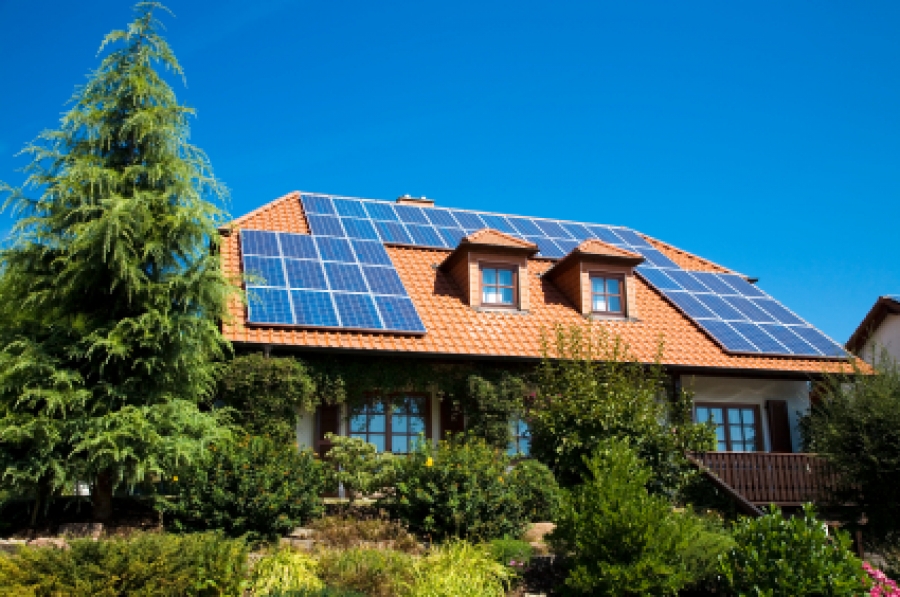WaterSense-Labeled Homes
Video
In recent years, water issues have become a very hot topic. Water shortages throughout the western United States, as well as severe droughts in the southern, have made water usage a major concern. Many green building experts agree that with a growing global population we can no longer rely only on water conservation. Instead, green building technologies must quickly implement water efficiency. With that in mind, the Environmental Protection Agency (EPA) has expanded its WaterSense program with a comprehensive WaterSense Label for new homes.
Over the past few years the EPA’s WaterSense program has grown significantly. With a goal of reducing the amount of water a fixture uses, WaterSense no longer labels just toilets. The program has seen the addition of products such as bathroom sink faucets, showerheads, and urinals. A typical WaterSense-labeled fixture will use at least 20% less water in its daily operations, leading to impressive utility savings throughout an entire home. This has driven the EPA to develop a WaterSense label for entire new homes that utilize WaterSense-labeled products throughout their construction.
Like an Energy Star-labeled home, a WaterSense-labeled home will benefit a consumer through the reduced utility bills provided by efficient products and intelligent planning. According to the EPA, this can amount to a savings of $600 per year. The certification process for WaterSense is similar to that of Energy Star as well. After choosing to partner with the WaterSense program, a builder must work with a certification provider to ensure that the new home is inspected and the program criteria are met. At that point, the independent certification provider can award the new home its WaterSense label.
The construction criteria within a WaterSense-labeled home includes the following:
-
Indoor Plumbing. In order to meet program guidelines, a WaterSense-labeled home must include the following five things:
-
WaterSense-labeled toilets, bathroom faucets, showerheads, and flushing urinals throughout the home,
-
An efficient hot water delivery system that eliminates water waste before hot water reaches the fixture,
-
Energy Star washing machines and dishwashers,
-
Max service pressure of 60 psi, and
-
No leaks.
-
-
Landscape Design. WaterSense mandates that landscaping designs use as little turf grass and high-water plantings as possible. The WaterSense website provides tools for qualifying a project’s landscape design.
-
Irrigation. When irrigation is installed it must include these four things:
-
System audit by a WaterSense Irrigation partner,
-
Use of fixed spray irrigation on turf grass only,
-
Use of drip irrigation on all plants, and
-
Use of irrigation controllers that meet WaterSense criteria.
-
-
Homeowner Education. A WaterSense homeowner’s manual must be provided to the home’s buyer to give them the knowledge they need to operate and maintain the home’s WaterSense fixtures.
It’s fair to say that the EPA’s WaterSense-labeled homes provide an interesting choice for both builders and homebuyers alike. As with the Energy Star program, WaterSense offers lower utility bills for an owner while delivering product differentiation to builders. It also highlights the increased consumer desire to be environmentally conscious, making the WaterSense label for homes a win–win all the way around.

Michael Tolson MBA, LEED AP
Michael Tolson is an entrepreneur focusing on "green" real estate development in Toledo, OH and surrounding areas. He currently owns Tolson Construction, and The Tolson Development Company. In an attempt to further drive businesses, Michael has completed an Executive MBA and a Graduate Specialization in finance from the University of Toledo. His companies focus on commercial and residential buildings using the United States Green Building Council’s LEED rating system. With this in mind, Michael has earned his LEED Accredited Professional designation.



